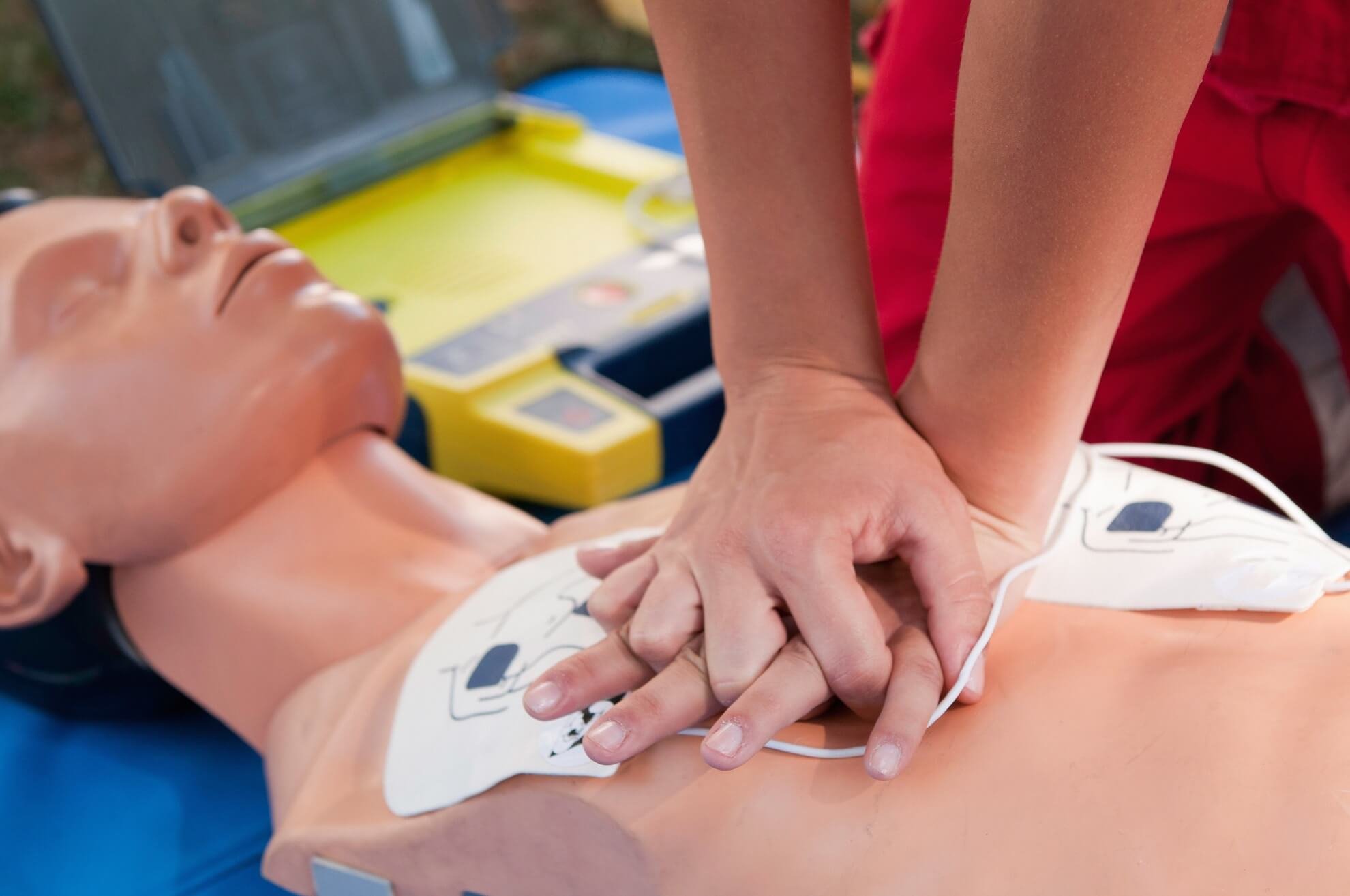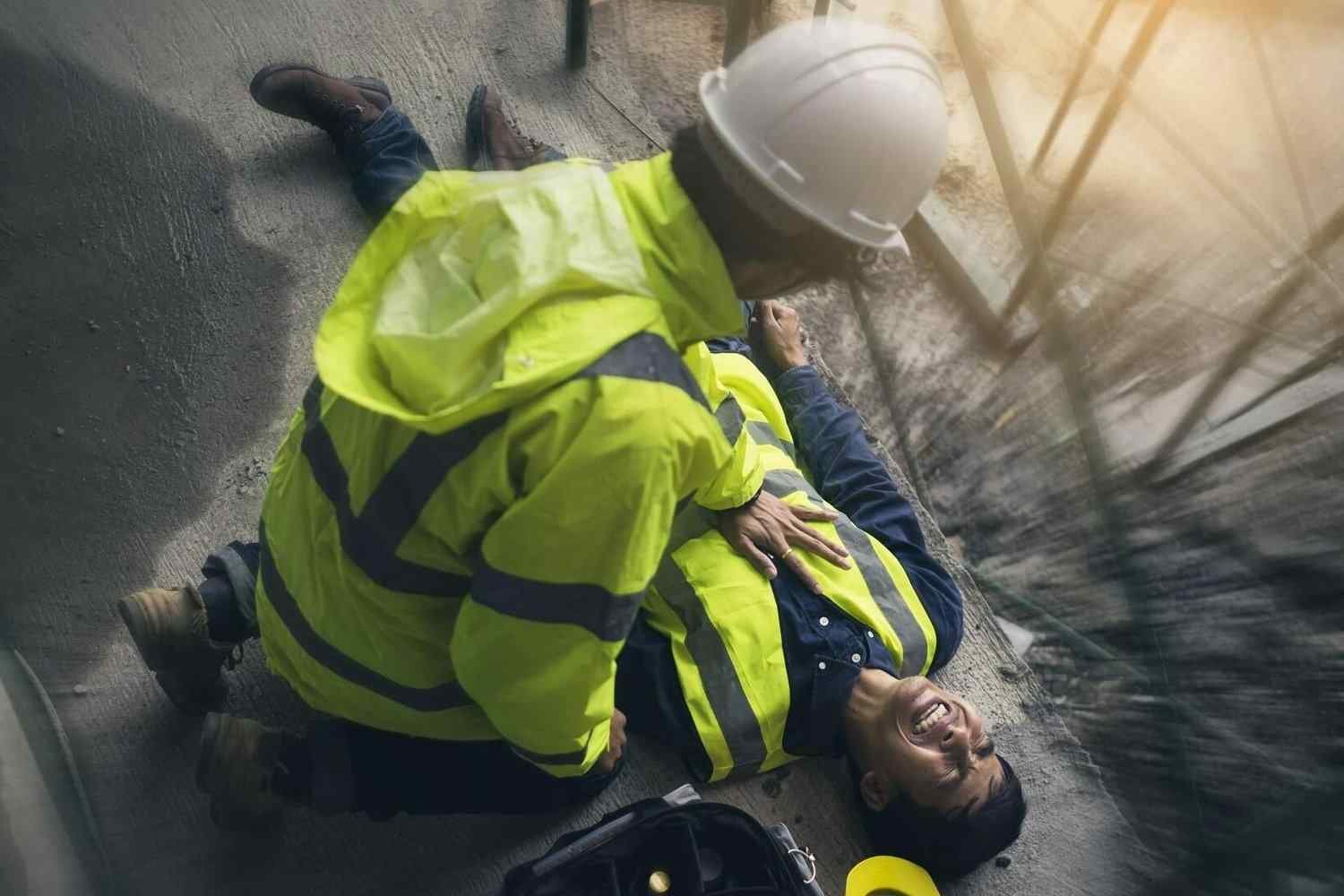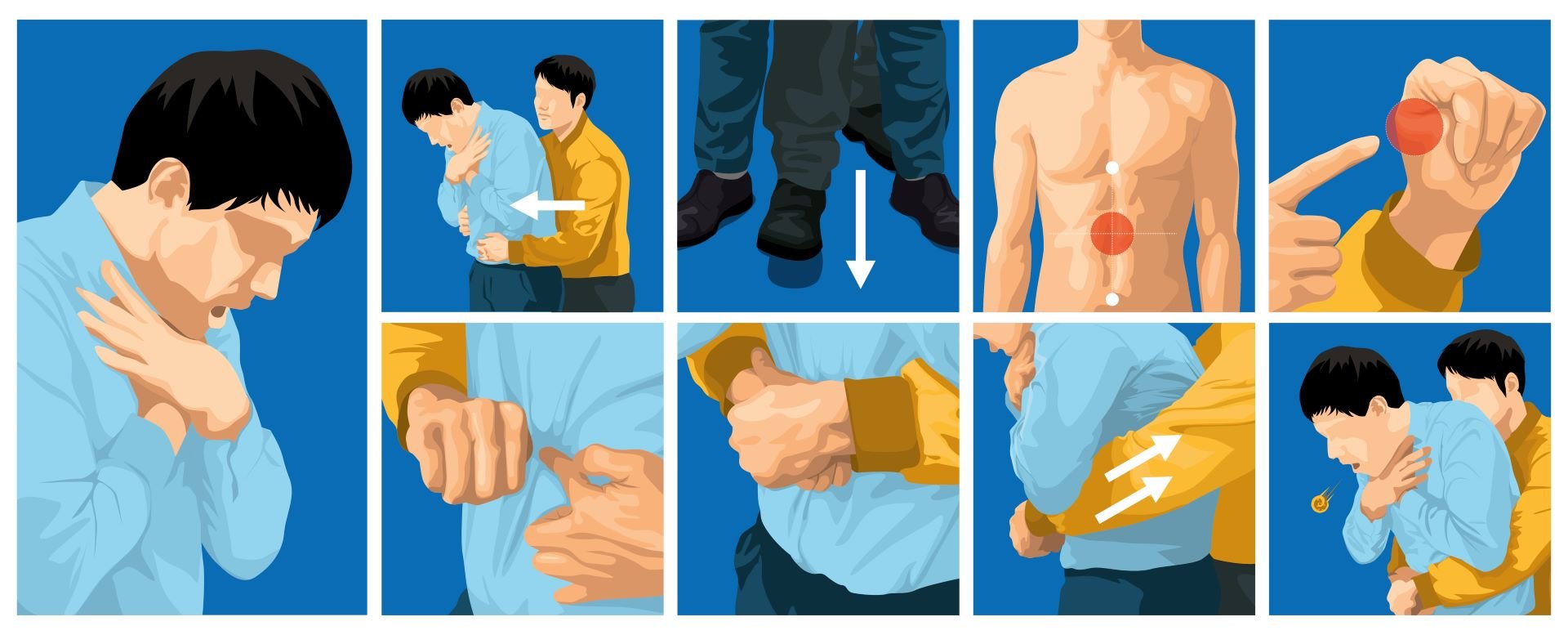5 Essential First Aid Skills You'll Learn During Your Course
Accidents can happen anytime, anywhere, and to anyone. While we cannot predict when emergencies will occur, we can prepare ourselves to handle them effectively. That's where first aid skills come in. First aid is an essential skill that can help save lives, prevent injuries from becoming worse, and provide comfort to those in need. If you're considering taking a first aid course, you're on the right track! Not only will you learn how to respond to emergencies, but you'll also acquire several other valuable skills. In this article, we'll explore the top five essential skills you'll learn during your first aid course, in this case our 1 day Emergency First Aid At Work Course. From basic wound care to performing CPR, these skills will equip you with the knowledge and confidence to respond effectively in an emergency situation. So, let's get started!
Assessing the Situation and Recognising Emergencies
The first skill you'll learn during your first aid skills course is how to assess the situation and recognise emergencies. This skill is critical because it enables you to identify the severity of the emergency and determine the appropriate course of action. During your training, you'll learn about DRSABC - danger, response, shouting for help, airway, breathing, and circulation. This step is essential because it allows you to quickly determine if the person needs immediate medical attention.
Another critical aspect of assessing the situation is recognising the different types of emergencies. Emergencies can range from minor injuries to life-threatening situations. During your training, you'll learn how to identify the signs and symptoms of various emergencies. You'll also learn how to handle emergencies such as choking, drowning, and seizures. By recognising emergencies and responding appropriately, you'll be able to provide the necessary care quickly and effectively, potentially saving a life.
Lastly, you'll learn how to communicate effectively during an emergency. Clear communication is essential to ensure that everyone involved knows what's happening and what needs to be done. During your training, you'll learn how to communicate with the person in distress, bystanders, and emergency services. You'll learn how to give clear instructions, ask the right questions, and provide updates to emergency services.
CPR and AED Training
Cardiopulmonary resuscitation (CPR) and automated external defibrillator (AED) training are two of the most critical skills you'll learn during your first aid course. CPR is a technique used to maintain blood flow and oxygenation to the brain and tissues when the heart has stopped beating (cardiac arrest). An AED is a portable device that analyses the heart's rhythm and delivers an electric shock to restore a normal heartbeat.
During your training, you'll learn how to perform effective CPR from Paramedics and Emergency Medical Technicians (EMTs). You'll learn how to recognise when CPR is needed, how to perform chest compressions, and how to give rescue breaths. Additionally, you'll learn how to use an AED and when it should be used. By learning these skills, you'll be able to respond to emergencies and potentially save a life.
It's important to note that CPR and AED training is not just for healthcare professionals. Anyone can learn these skills and become a lifesaver. In fact, the Resuscitation Council UK recommends that everyone learns CPR and recieves AED training, as it can double or even triple a person's chance of survival in some cases.
Treating Bleeding, Wounds, and Burns
Another essential first aid skill you'll learn during your first aid course is how to treat bleeding, wounds, and burns. These injuries are common and can occur in various settings, from workplace accidents to sports injuries. During your training, you'll learn how to assess the severity of the injury and determine the appropriate course of action.
For bleeding, you'll learn how to apply direct pressure to the wound and use a variety of wound dressings. You'll also learn how to identify and treat different types of wounds, such as puncture wounds and lacerations. Additionally, you'll learn how to manage burns, including chemical and electrical burns. By learning how to treat these types of injuries, you'll be able to provide immediate care and prevent further complications.
Managing Shock
You'll also learn how to manage shock. Shock is a potentially life-threatening condition that occurs when the body doesn't get enough oxygen because of a circulation problem. During your training, you'll learn how to recognise the signs and symptoms of shock and how to manage it effectively.
Dealing With Seizures
Lastly, you’ll learn how to effectively manage a person having a seizure. It's crucial to know the right steps to ensure their safety and well-being. You will be taught to stay calm and support the person during the seizure. Additionally, you'll learn techniques to protect them from injury by cushioning their head and removing dangerous objects nearby. The course covers timing the duration of the seizure and monitoring vital signs afterwards. With this training, you'll be prepared to respond efficiently and provide necessary assistance during a seizure episode.
First Aid Skills Conclusion:
In conclusion, taking a first aid course and learning first aid skills is an excellent way to prepare yourself to handle emergencies effectively. During your training, you'll learn how to assess the situation and recognize emergencies, perform CPR and use an AED, treat bleeding, wounds, and burns, manage shock and other medical emergencies, and deal with common injuries and illnesses. By acquiring these skills, you'll be able to respond quickly and confidently in an emergency situation, potentially saving a life. Remember, accidents can happen anytime, anywhere, and to anyone. By learning first aid skills, you can be the difference between life and death.











